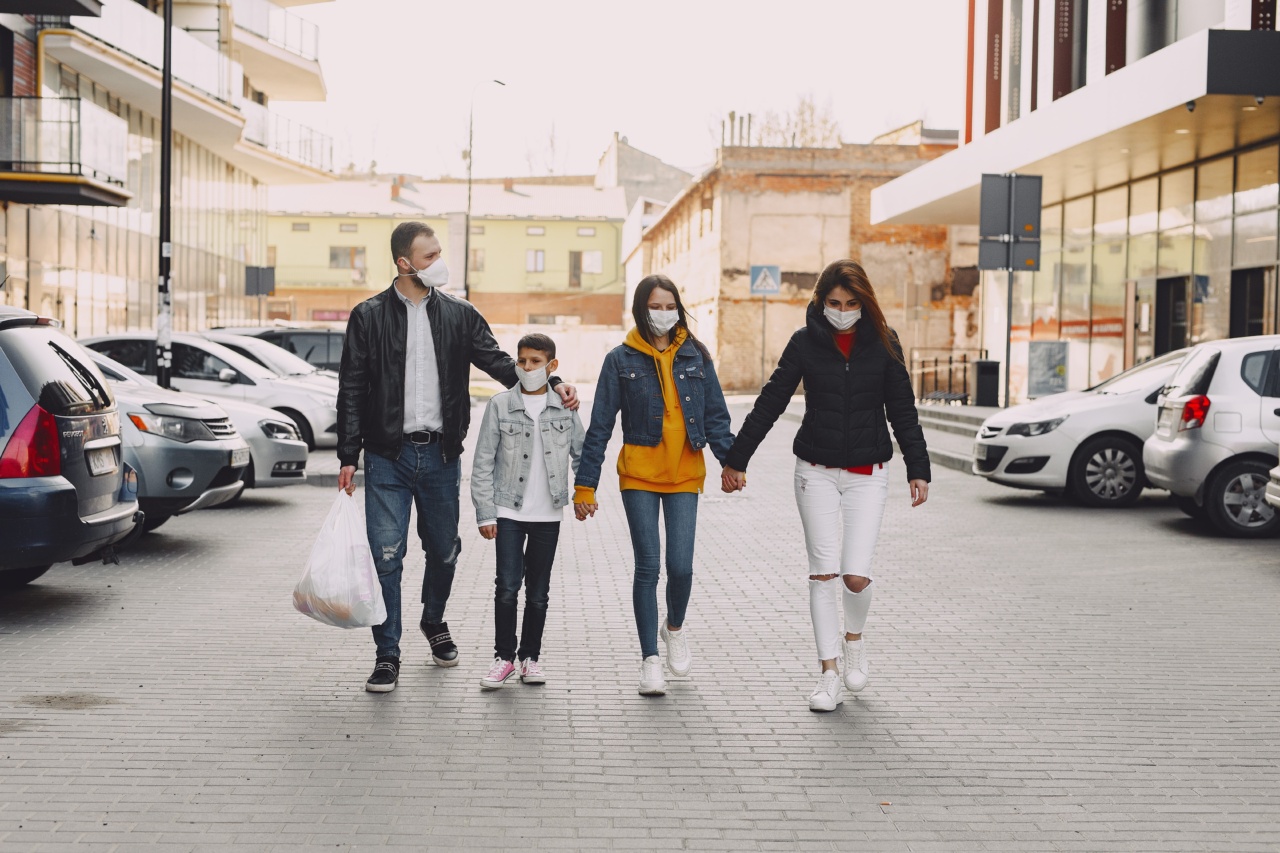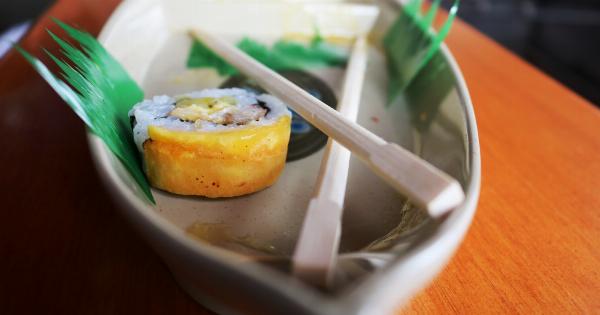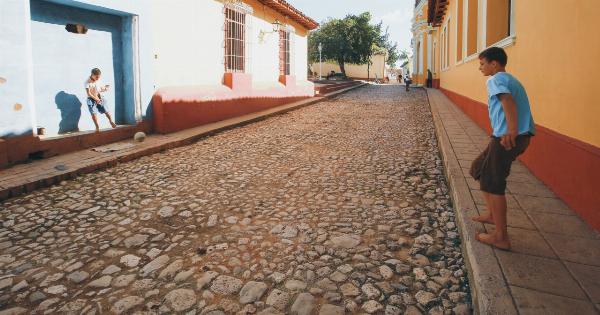Rice is a staple food and an important source of nutrition for millions of people all around the world. It is easy to cook, affordable and can be used in countless recipes.
However, rice can also pose a serious threat to your health if it is not handled and prepared correctly. In this article, we will share with you some tips to keep your family safe when consuming rice.
Tip #1: Store Rice Properly
Rice can become contaminated by bacteria such as Bacillus cereus which can survive and grow in uncooked rice if it’s not stored properly. Bacteria can multiply rapidly at temperatures between 4 °C and 60 °C.
Therefore, it’s important to store rice in an airtight container in a cool, dry, and dark place such as a pantry, cupboard, or refrigerator. It is best to consume any leftover rice within two days of cooking it.
Tip #2: Wash and Rinse Rice
Before cooking rice, it’s essential to rinse it thoroughly to remove any dirt, dust, or debris that may have accumulated during the manufacturing and packaging process.
Rinsing also reduces the levels of arsenic, which can be found in some types of rice. Washing and soaking rice in water for at least 30 minutes can also help reduce cooking times and make the final product fluffier.
Tip #3: Use the Right Amount of Water
Using the right amount of water is critical to cooking rice. As a general rule, the ratio of water to rice should be about 1.5 to 2 cups of water for one cup of rice.
If you use too much water, the rice will become mushy, and if you use too little water, the rice will remain hard and undercooked. Therefore, measure the water and rice accurately whenever cooking rice.
Tip #4: Cook Rice at the Right Temperature
Cook rice over low heat, covered, and for the suggested time on the packaging. Cooking rice at a high temperature will make the bottom of the pot burn, and the rice will not cook evenly.
It is important to follow the instructions on the rice package as different types of rice may have different cooking times and water ratios.
Tip #5: Do Not Reheat Rice More Than Once
Rice is a common culprit for food poisoning if not handled properly. Leftover rice that has been stored in the fridge should be reheated once and consumed within two days of cooking.
Reheating it more than once could allow bacteria to grow, leading to food poisoning.
Tip #6: Avoid Leaving Cooked Rice at Room Temperature for More Than Two Hours
If you can’t keep your rice in the fridge, make sure to keep it in a warmer to keep its temperature up. Otherwise, the rice can serve as a breeding ground for dangerous bacteria.
Storing rice for more than two hours at room temperature welcomes the growth of bacteria, which can colonize the rice and contaminate it.
Tip #7: Make Sure Rice is Thoroughly Cooked
The best way to ascertain that your rice is thoroughly cooked is to taste it. Undercooked rice can have a hard, crunchy texture and taste bitter. Cooked rice, on the other hand, is fluffy, soft, and has a mild taste.
When cooking rice, ensure that it has absorbed all the water, and you can fluff it up with a fork.
Tip #8: Properly Clean Any Kitchen Utensils Used to Cook Rice
Just as cooking rice properly is essential, cleaning the cooking utensils properly is also necessary.
After cooking, utensils such as pots, pans, and spoons should be washed with hot soapy water and thoroughly rinsed to remove any food debris that might hang on. Use a dishwasher with hot water to ensure the utensils are cleaned effectively, leading to better rice safety for the whole family.
Tip #9: Discard Old and Bad Rice
Finally, if you notice that your rice is old or spoilt, throw it away. The taste, odor, and color of spoiled rice changes and can make you sick if consumed. It is best to discard any rice that has been contaminated or eaten and caused food poisoning.
Tip #10: Don’t Rush the Rice Cooking Process
Cooking rice is not a rush job. While it may be tempting to shorten the cooking time by boiling it faster or using more heat, avoid this at all costs.
Damaged rice, burned rice at the bottom, and undercooked rice all result from rushing the cooking process. To protect your family from food poisoning, ensure that the rice is cooked thoroughly, slowly, and at the right temperature and water ratios.


























